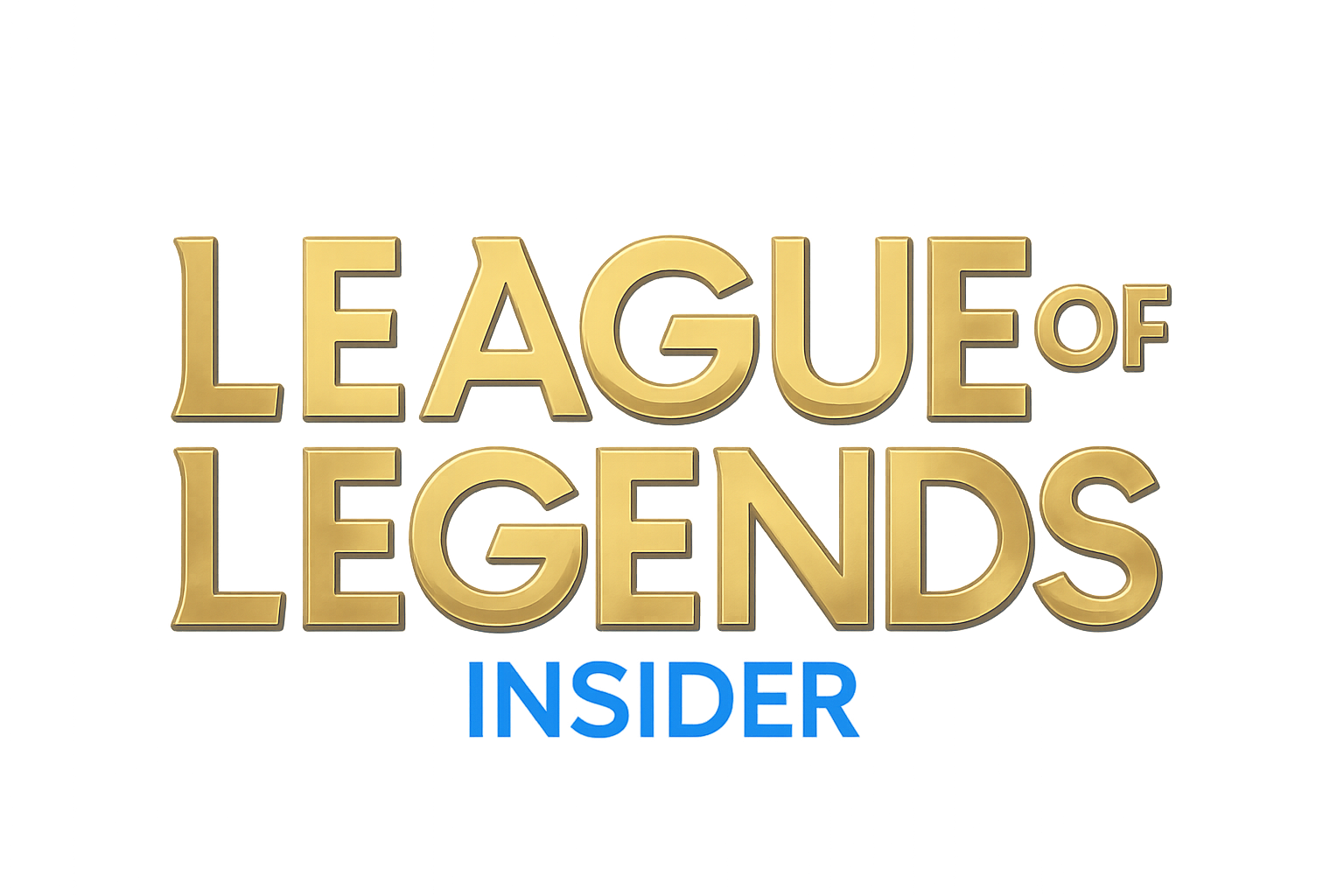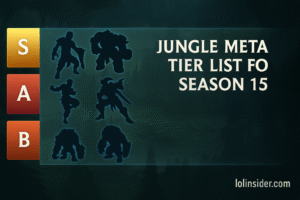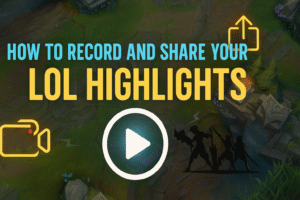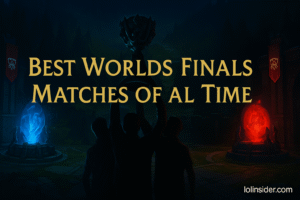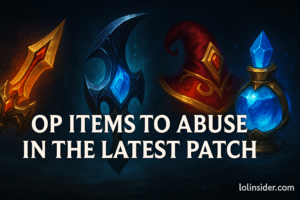For many casual fans, watching professional League of Legends games can feel overwhelming. Players move across the map in perfect sync, teams make sudden decisions that swing the match, and casters throw around terms like macro play, drafting advantage, and win conditions.
This guide breaks down esports strategies explained for casual fans, giving you the tools to understand what pros are doing and why it matters. By the end, you’ll not only enjoy matches more but also start spotting strategies before the casters even call them out.
Chapter 1: The Draft Phase – Where Games Begin
The first stage of strategy happens before the match even starts: champion select.
- Drafting Win Conditions: Teams choose champions that create a path to victory (early aggression, scaling late game, or split-pushing).
- Targeted Bans: Removing opponents’ comfort picks changes the strategy.
- Synergy: Strong bot lane duos, jungle-mid pairings, or top-jungle combos define the draft.
Example: A team drafting Jinx, Lulu, and scaling mid like Viktor is aiming for late-game fights, while one picking Elise, Renekton, and LeBlanc wants early aggression.
Chapter 2: Macro Play vs Micro Play
- Micro Play: Mechanical skill—landing skillshots, outplaying opponents 1v1.
- Macro Play: Big-picture decisions—where to pressure, when to fight, when to secure objectives.
Casual fans often notice flashy micro plays, but pro games are mostly decided by superior macro.
Chapter 3: Objective Control
Objectives are the backbone of pro strategies.
- Dragons: Stackable buffs, with Elder Dragon often deciding late games.
- Baron Nashor: The ultimate win condition—Baron empowers pushes.
- Rift Herald: Early game tool for turret plates and map pressure.
- Turrets: Open the map and create gold advantages.
Key Idea: Teams rarely fight just to fight—they fight for objectives.
Chapter 4: Early Game Strategies
- Jungle Pathing: Where junglers start and move dictates early tempo.
- Lane Priority: Winning lane pressure lets you secure Scuttle Crabs or dragons.
- Invades: Teams sometimes contest enemy jungle early to set the tone.
Tip for Casual Fans: Watch the minimap at 3–5 minutes—junglers usually set the stage for the game here.
Chapter 5: Mid Game Rotations
Once outer towers fall, strategy shifts into rotations:
- Grouping Mid: Opens up the map for vision and control.
- Side Lane Pressure: Split-pushers like Fiora or Camille force the enemy to respond.
- Vision Control: Sweeping wards around Baron or Dragon is often the biggest mid-game battle.
Chapter 6: Late Game Decisions
Late game is where one wrong move decides everything.
- Teamfights: Proper positioning and target focus matter most.
- Elder Dragon & Baron: These buffs decide games.
- Death Timers: Losing one fight at 35 minutes often means losing the game.
Pro Insight: Teams sometimes avoid risky fights and wait for the “perfect engage” because a single mistake is unrecoverable.
Chapter 7: Shot-Calling and Team Communication
Every pro team has shot-callers—players who direct the overall game plan.
- Junglers: Usually lead early game calls.
- Supports: Direct vision and objective fights.
- Mid Laners: Decide when to rotate or group.
Shot-calling is why pro games look so coordinated compared to solo queue chaos.
Chapter 8: Common Esports Strategies Simplified
- Split Push: One champion pressures side lanes while the team distracts mid.
- Pick Comps: Teams use champions with crowd control to catch single targets.
- Teamfight Comps: Champions like Ornn, Azir, and Aphelios thrive in 5v5.
- Siege Comps: Long-range poke champions slowly chip down turrets.
Chapter 9: Why This Matters for Fans
Understanding strategies makes matches more exciting. Instead of just reacting to fights, you’ll recognize why a team made that move.
- You’ll see when a team is stalling for late game.
- You’ll notice vision battles around Baron.
- You’ll understand why teams trade objectives instead of contesting.
FAQs
Q1: Why don’t pro teams fight all the time?
Because fights are only worth taking if they secure an objective or advantage.
Q2: Why do teams sometimes ignore dragon or Rift Herald?
If they can’t fight safely, they trade for gold elsewhere—this is smart strategy, not weakness.
Q3: What’s the biggest difference between casual and pro play?
Pro play is about discipline and coordination, not solo heroics.
Q4: How can casual fans follow strategies better?
Watch minimap rotations, dragon timers, and where supports place vision.
Conclusion
Esports might look chaotic at first, but once you understand the strategies, it becomes a game of chess played at lightning speed. By learning drafting, macro play, and objective control, you can appreciate why pros make the moves they do.
So next time you watch Worlds or your favorite league, you won’t just see five players fighting—you’ll see the strategies that define professional League of Legends.
